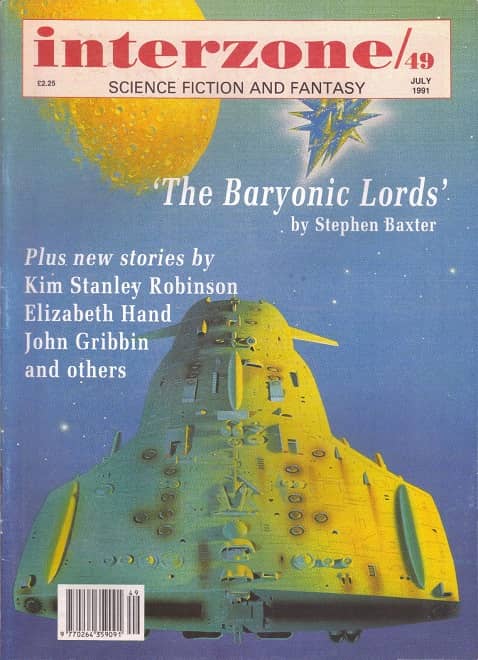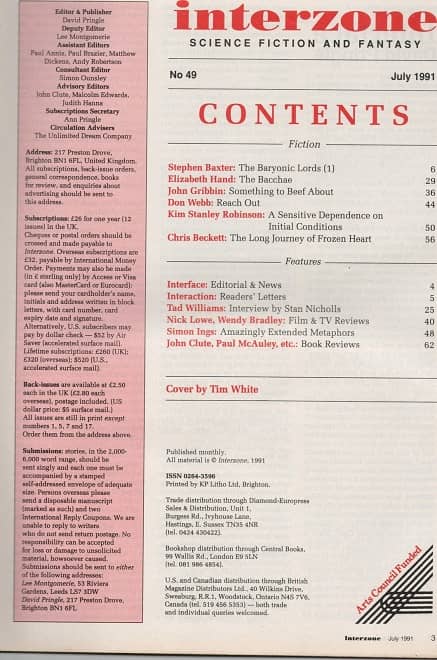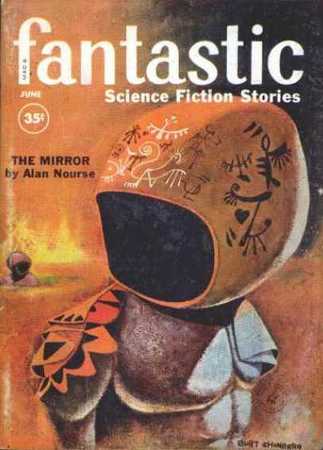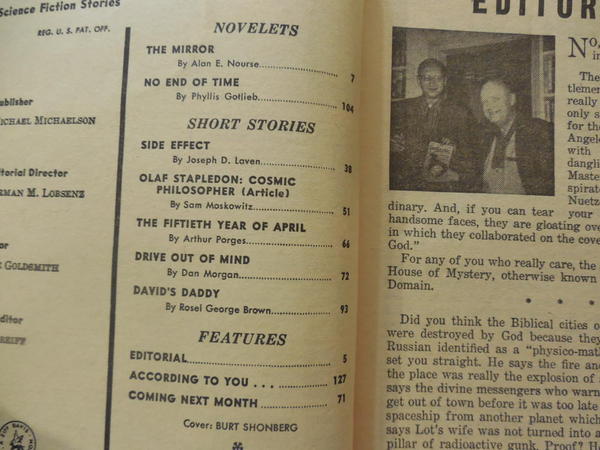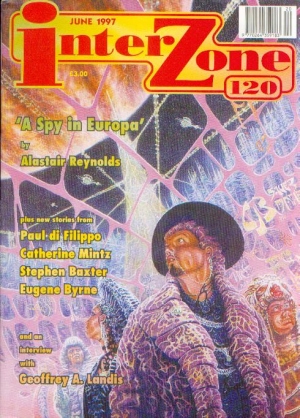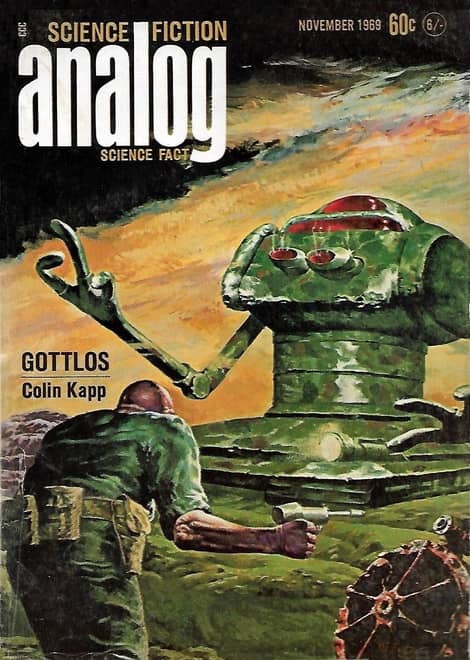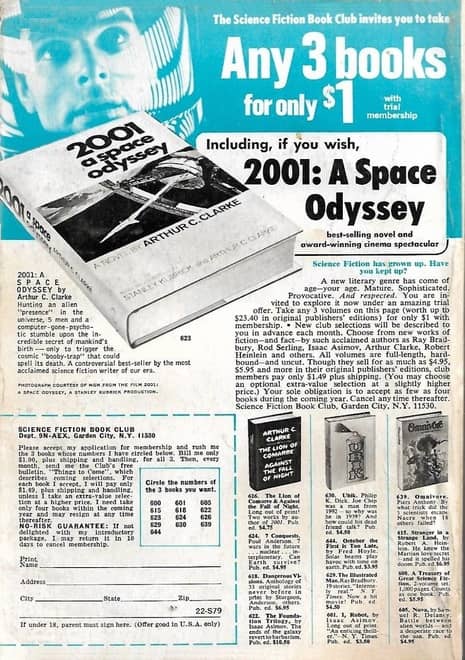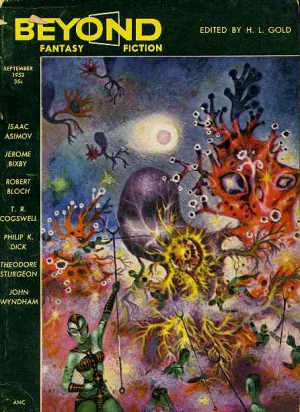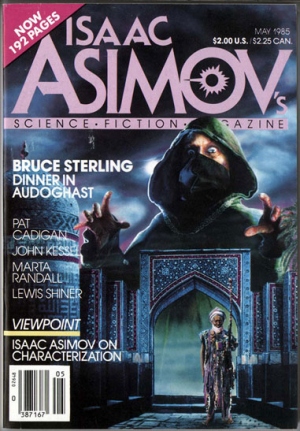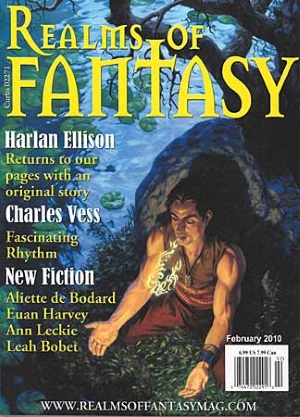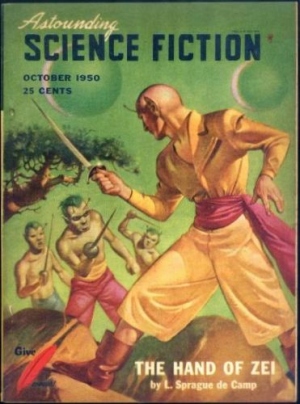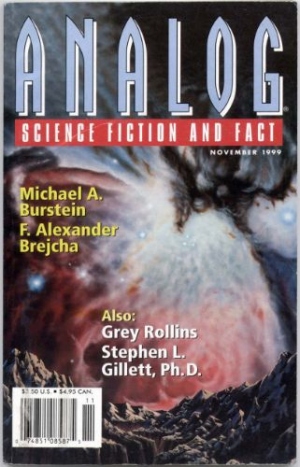The March Fantasy Magazine Rack
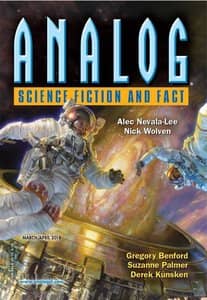 |
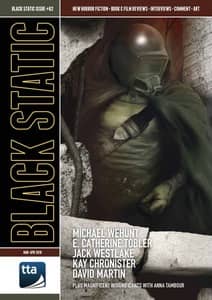 |
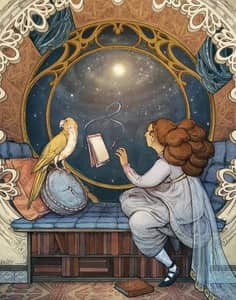 |
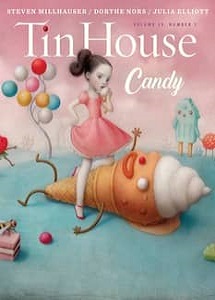 |
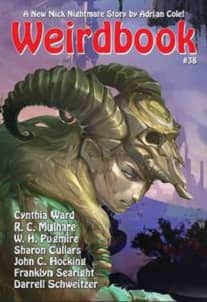 |
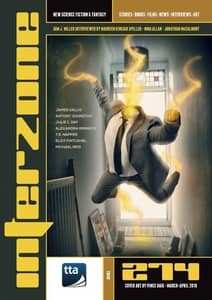 |
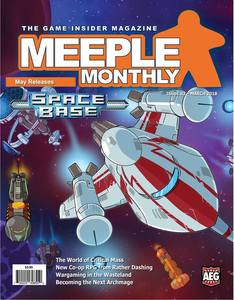 |
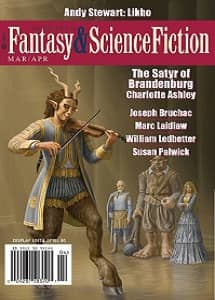 |
It’s a bonanza of print this month… all the titles above are print magazines, with the exception of Kaleidotrope (top row, second from right), which is new to the list. Kaleidotrope was a recommendation from Rich Horton; I’d never heard of it, but it featured prominently in Rich’s 2018 Hugo Recs list, so I thought I would check it out this month. Rich is right — it’s a very impressive magazine, with brand new fiction by Mari Ness, Octavia Cade, and others.
But they don’t seem very web-savvy, especially for a web magazine. The site loads extremely slowly, and the culprit seems to be the beautiful but massive 1.26 megabyte (!!) PNG cover image. I was able to convert it to a visually identical 90 Kb jpeg file less than 8% the size in about 15 seconds on my machine. Doing that at their end would greatly speed up loading times, and cut their monthly bandwidth costs by about 90%. I hope someone helps them get that sorted.
Here’s the complete list of magazines that won my attention in early March (links will bring you to magazine websites).
